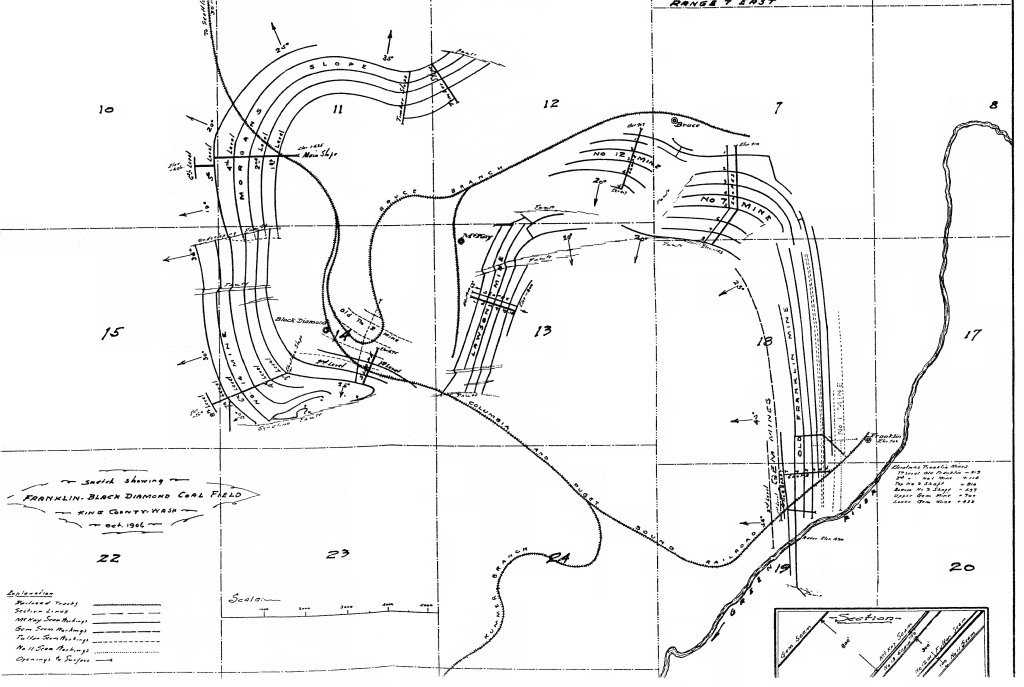Posted in Buildings, Businesses, Mining, People, Railroads, Towns, tagged Alaska, Black Diamond, coal mining, Columbia & Puget Sound Railroad, Franklin, King County, Lawson, Newcastle, Pacific Coast Company, Pacific Coast Railway, Pacific Coast Steamship Co., Renton, San Francisco, Seattle, Tacoma on February 7, 2024|
Leave a Comment »
Originally published in The Seattle Sunday Times, February 7, 1904
The shipping business of the Pacific Coast has grown from a position of ten years ago, where it was scarcely recognized in the statistical and commercial reports, to a place today that commands the attention and admiration of the entire business world.
It has been said that “he who controls the trade of the Pacific will control the world,” and a statement nearer to the truth has never been uttered. So far as coast control is concerned, it can be truthfully said, the shipping business, both freight and passenger, from Mexico to Alaska, is today practically controlled by the Pacific Coast Company, the largest corporation operating freight and passenger vessels on the Coast.
(more…) Read Full Post »




